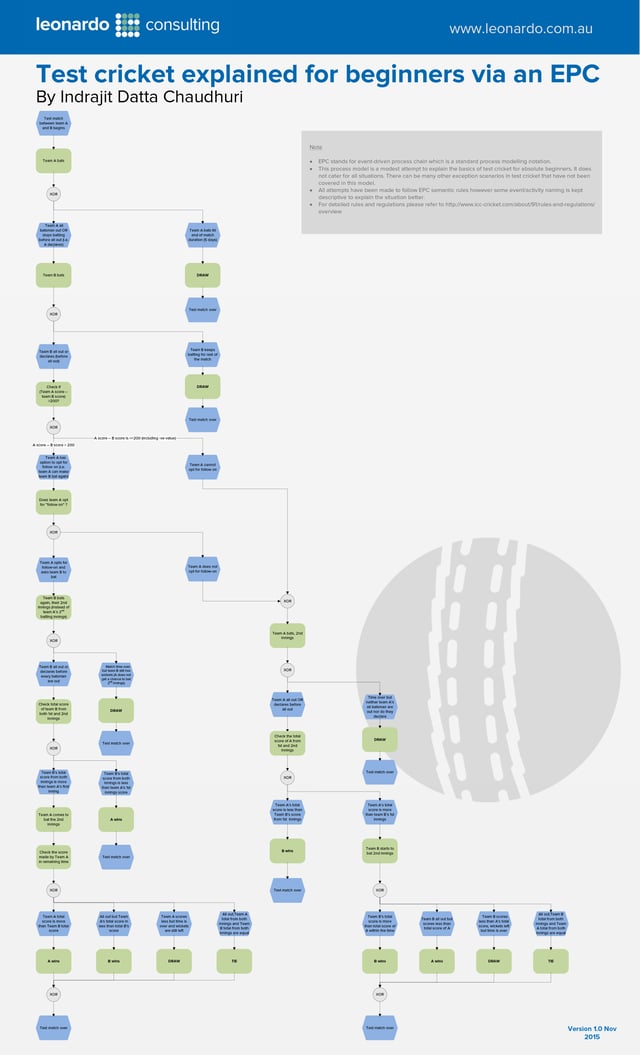
Written by Indrajit Datta Chaudhuri On November 27, 2015
UST Acquires Leading Australian Process Transformation Company Leonardo - Strategic acquisition further strengthens UST’s position in the dynamic ANZ market Melbourne, Australia, 21 February 2024:UST, a leading digital transformation solutions company, has announced the strategic acquisition of Leonardo, a leading provider of business process improvement, automation, and integration services in the ANZ region. The acquisition by UST will empower Leonardo to expand its market reach and enhance its service offerings for clients, combining Leonardo's in-depth process expertise with UST's technology leadership, digital transformation capabilities, and global credentials, and strengthening UST's position in the Australian market.
Has an audience member ever interrupted in the middle of a presentation about process analysis to ask, “Can you show us the process models in a simple PowerPoint slide?” – or, ”I don’t want to look at the green and purple boxes, just show me the flow!” Perhaps you then felt that you had wasted some of your efforts in modelling the process with too much detail or in the wrong way. Embarrassed and demoralised, you must have wondered how else could these models be presented. Well, you are not alone! This is a common dilemma when there is a need to present process models to a variety of audiences. There is both art and science in presenting the right level of process detail to the right group of stakeholders, especially if they are not familiar with the process modelling language. Effective presentation is even more critical in larger and complex end-to-end process improvement work and in new automated business model implementations. You may need to use multiple model types to describe the same business processes to various audiences. Hence, it is very important to understand who the stakeholders are and what they would like to see before your audience with them. This article proposes an approach to the effective presentation of business process models based on three key elements: understand, organise, and communicate.
She who dies with the most answers wins. We seek the truth. We want to know the answers. Paul Harmon started me thinking recently when he invited members of the BPTrends Discussion group on LinkedIn to “describe the purpose of Business Process Management in 160 characters, including spaces and punctuation.” Not easy to do – have a go at it yourself. It felt like I was crafting The Ultimate BPM Answer, which, of course, begged The Ultimate BPM Question. That got me thinking that The Ultimate BPM Problem is that we have plenty of answers and not enough questions. So put all the answers aside for a moment and help me to work out what are the most important questions in Business Process Management?
Leonardo drives continuous process improvement through technology and has worked with many leading enterprises in APAC to enhance the performance of their business processes through architecture and automation as well as integrating their applications, platforms and data to enable disruptive technologies.
2022 ©Incotrade Australia Pty Ltd trading as Leonardo Consulting | All rights reserved | ACN 066 273 256. | Privacy Statement